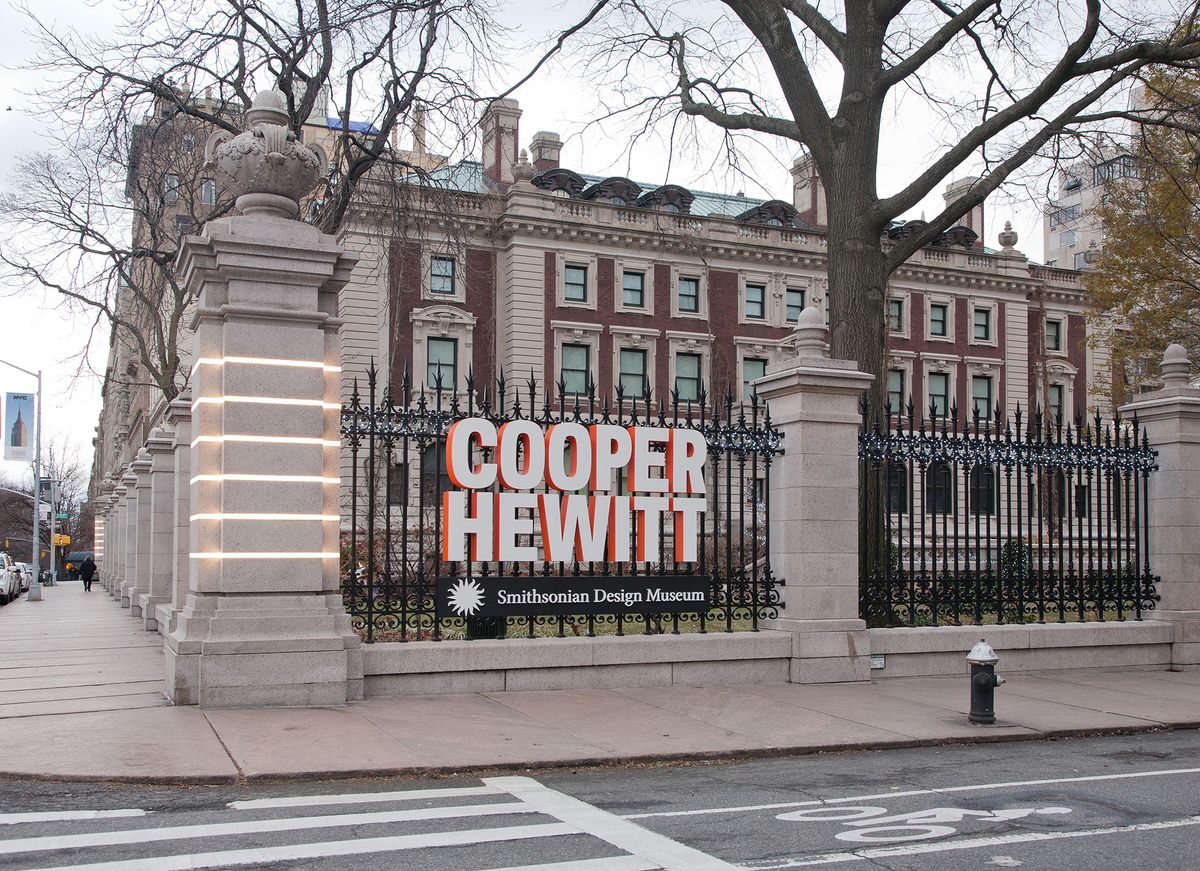The Smithsonian Institution, which reopened seven of its museums and the National Zoo this month, announced today that it would reopen its remaining 10 museums on a staggered schedule in June through August, starting with the Cooper Hewitt, Smithsonian Design Museum in New York on 10 June.
It will be the first time the Smithsonian’s venues will be fully open since March 2020, when the Covid-19 set off a wave of closures. Eight venues temporarily reopened between last July and October, but a spike in coronavirus cases led to an across-the-board shutdown in late November.
Most of the museums will require visitors to obtain timed entry passes, and all will require people two years of age and older to wear masks. Unless specified, the museums are in Washington DC:
Following the Cooper Hewitt’s reopening in New York, the National Museum of Natural History will welcome visitors on 18 June and the National Museum of the American Indian in New York on 23 June. The National Museum of African Art and the National Museum of Asian Art Freer Gallery will reopen on 16 July. (The latter museum’s Arthur M. Sackler Gallery will remain closed until November for exhibition construction.)
The National Air and Space Museum and the Castle will open their doors on 30 July and the Anacostia Community Museum on 6 August. The Hirshhorn Museum, whose sculpture garden is already open, will greet visitors on 20 August and the National Postal Museum on 27 August.
The Smithsonian adds that its Arts and Industries Building, closed to the public since 2004, will open sometime in November with an exhibition keyed to the institution’s 175th anniversary.
This month the institution reopened its Steven F. Udvar-Hazy Center in Chantilly, Virginia, the National Museum of African American History and Culture, the National Portrait Gallery, the Smithsonian American Art Museum, the National Museum of American History and the National Museum of the American Indian (in Washington) as well as the National Zoo.
Updates about visiting hours, which in many cases are reduced, passes and coronavirus safety protocols are available at the Smithsonian’s website.


